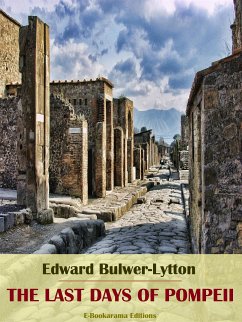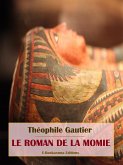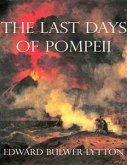Edward Bulwer-Lytton (1803-1873) was a prolific novelist, poet and playwright in his day; in modern times, his work is considered much as Lovecraft described: "large doses of turgid rhetoric and empty romanticism." Originally published in 1834, "The Last Days of Pompeii" itself was probably the first novelization of the catastrophic event. The city was rediscovered in the mid-1700s and archaeological excavations followed soon after. Bulwer-Lytton was inspired to write his novel by the painting The Last Day of Pompeii by Karl Briullov, painted in the early 1830s. "The Last Days of Pompeii" tells the story of the Athenian Glaucus, his love, the beautiful Ione, and a blind flower-girl Nydia, who is secretly in love with Glaucus. Threatening the love of Glaucus and Ione is Ione's guardian, the decadent and deceitful Egyptian Arbaces, who lusts after Ione himself. The descriptions of the city itself are fascinating: Bulwer-Lytton seems to have spent much time researching the actual ruins of Pompeii, and his characters are housed in buildings that had apparently been uncovered in archaeological excavations. "The Last Days of Pompeii" was one of the most popular English historical novels of the nineteenth century.
Dieser Download kann aus rechtlichen Gründen nur mit Rechnungsadresse in A, B, BG, CY, CZ, D, DK, EW, E, FIN, F, GR, HR, H, IRL, I, LT, L, LR, M, NL, PL, P, R, S, SLO, SK ausgeliefert werden.
Hinweis: Dieser Artikel kann nur an eine deutsche Lieferadresse ausgeliefert werden.









